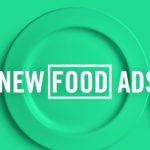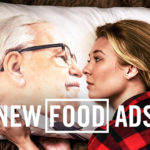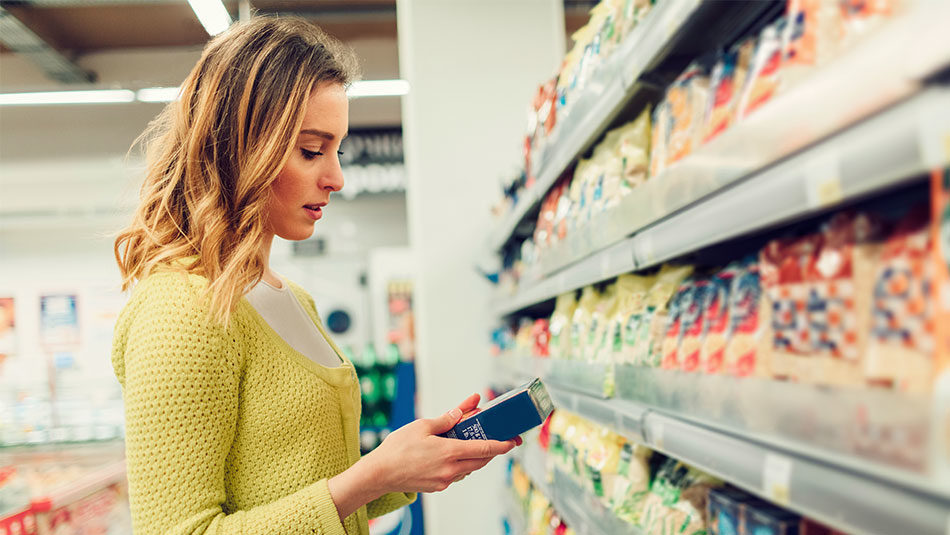
The Trend Toward Transparency in Food Advertising
Remember the days when food was food? When you pretty much ate whatever was put in front of you (except yucky stuff like liver and gizzards) and really could care less about what was in it? Well, those days are over and gone. Consumers have been focusing on food transparency, safety, and origins for some time now driven primarily by health and wellness reasons, but also influenced by environmental and moral consciousness. There is now a greater desire to know how and where the food going into their families’ bodies was grown or made.
With a growing expectation for clarity and honesty of information from the companies that produce and sell food, food advertising agencies and teams are working to become more open and self-aware about the act of marketing and advertising their clients’ food products.
The Quest for Real Food
Consumer’s demand for transparency in food production has dramatically changed food marketing. Rather than solely focusing on taste and flavor, attention is on ingredients, processes, and origins. Today, brands strive to convey authenticity, purity, and integrity in both their companies and products. One way of doing this is by employing a plain-spoken and trustworthy tone, with minimal copy and visuals conveying whole food genuineness. “Real food made from fresh, natural ingredients” is a common representation in modern food advertising, with a clean, simple look helping to convey the message.
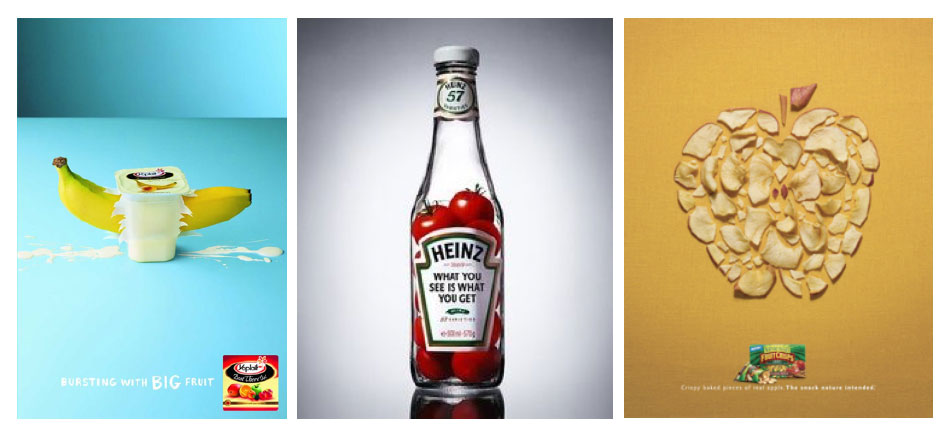 The Farm and The Factory
The Farm and The Factory
Another way today’s food advertising conveys simple goodness and quality in their products is through a “Farm vs. Factory” approach. As demonstrated by the “Eat Local” and “Farm to Table” movements and the rise of the modern farmer’s market, today’s consumers place more trust in the working farmer than the “Big Food” corporations that stock their local supermarket. So strong is the consumer desire to purchase farm-grown foods, some companies are now adding “tracker codes” to their packaging, allowing people to trace the product back to the specific farms that supplied the ingredients.
Companies are also increasingly touting their own efforts at sustainability, organic processes, and humane treatment of animals. As a result, much food advertising has come to feature agrarian, “back to basics” imagery, all harking back to a simple time before mass production.
The Cleaning Up of Labeling
In addition to telling consumers what they’re putting into their food, marketers are also publicizing what they’re leaving out. Namely artificial ingredients, or anything perceived as unnatural or unrecognizable by average consumers. Nowadays, many consumers seem to feel that the shorter the ingredients’ list, the healthier the product.
A component of the “clean eating” trend, “clean labeling” describes the process of freeing food from excessive ingredients or additives. Today, 20% of new products feature a clean label claim, including terms like “no artificial colors,” “no preservatives,” “no hormones or antibiotics,” and “no high fructose corn syrup.” As a testament to the power of perception, sales of products labeled “gluten-free” are up nearly 12 percent over the past five years, even though health professionals don’t necessarily recommend that people avoid gluten unless they have been diagnosed with celiac disease or gluten intolerance (less than 6% of the population.) Clean labeled product information may also feature ethical claims such as “cage-free,” “free-range,” and “fair trade.”
 Creative Food Packaging Design
Creative Food Packaging Design
The trend toward creating an image of wholesomeness and transparency extends from advertising into package design. Packaging created from recycled materials in a simple “brown bag” style that suggests care for the environment and the product. Windows showing the actual product inside contribute to a feeling of honesty and transparency, showing that “we’ve got nothing to hide.” Simple typefaces, faded colors and old-fashioned imagery help to present a “small batch,” non-corporate look that conveys freshness and natural methods. New product packaging and redesigned packaging for older brands make the product look almost as if they could have been purchased from a roadside farm stand.
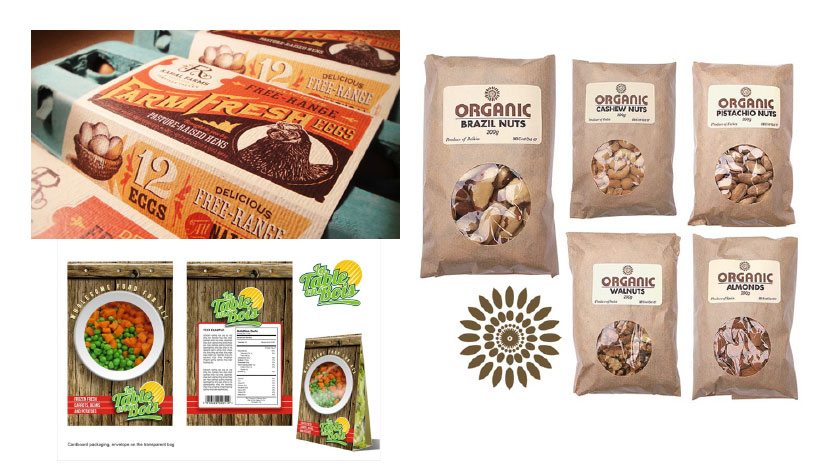 An Insider Look at the Business
An Insider Look at the Business
Transparency in marketing also means showing your customers who you really are and what you stand for. Especially online, consumers are looking to establish a personal connection with food brands. Showing self-awareness is vitally important.
Brands need to communicate as a friend would. They should provide entertainment in a non-corporate style showing they are warm, caring, and “just folks” like you and me. In much of these types of communications, it may not even be readily apparent who the message is coming from at first. By doing so, brands gain trust and establish credibility by not being so obvious about trying to sell their product.
Looking to the Future of Food Advertising
In today’s Whole Foods Economy, consumers are showing increasing willingness to spend more for organic and naturally produced foods. Research now shows that 88% of all demographics—from Generation Z to Baby Boomers—are willing to pay more for what they perceive to be healthier, more transparent foods. A third of young millennials currently eat organic, while 45% of older millennials prefer organic options. Almost all surveyed said they would pay more for more transparent products — 99% for fresh food and 98% for packaged food.
The desire for transparency in food production has driven changes in food product sourcing, formulation, packaging, corporate ethics, and more. Consumers are making their concerns about food makeup known on social media and through their shopping habits. Food advertisers must join the discussion via creative communication about their products, ingredients, and practices to provide consumers with information that will win their trust and loyalty. Because transparency in marketing and advertising is no longer just an option for food producers, it’s a consumer expectation.


